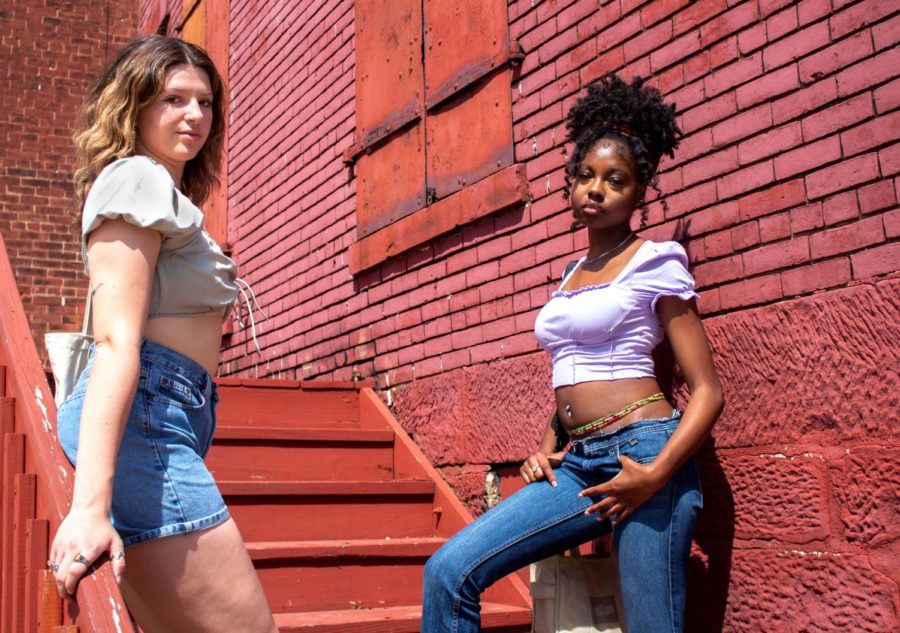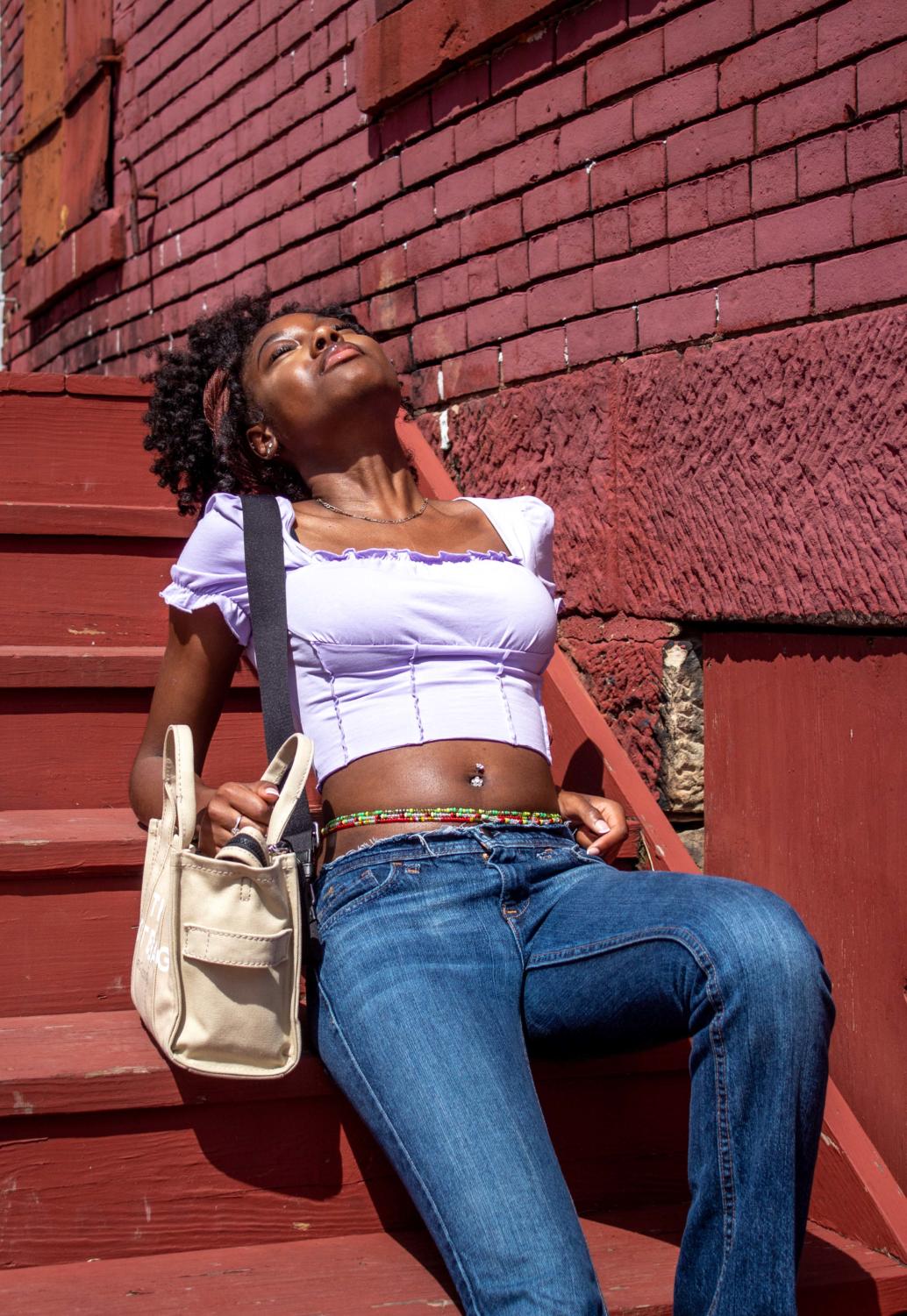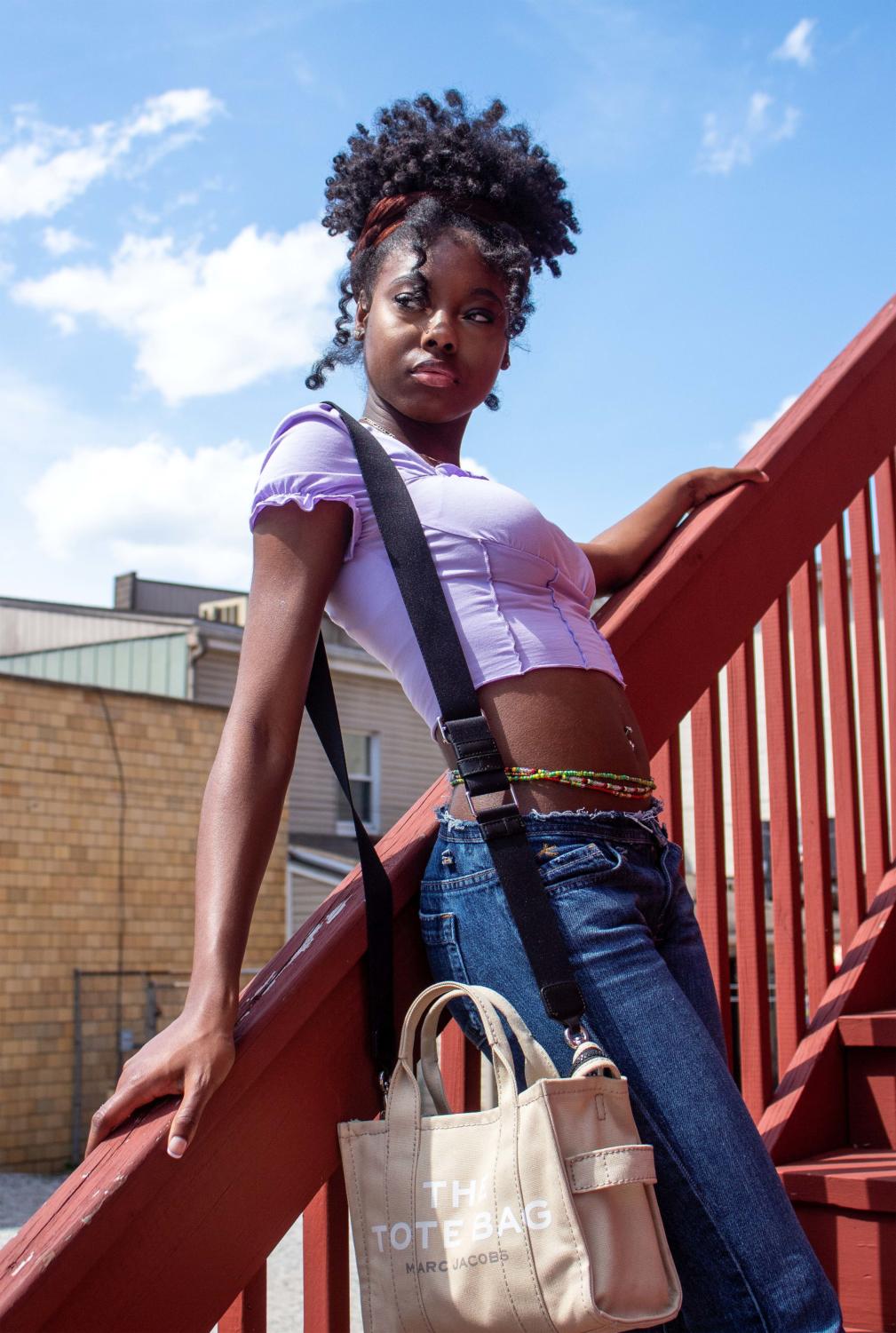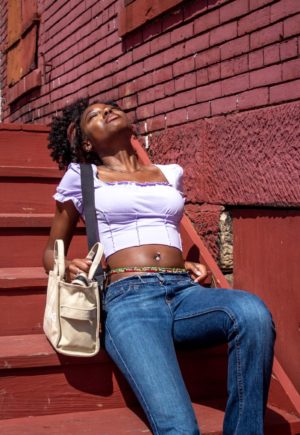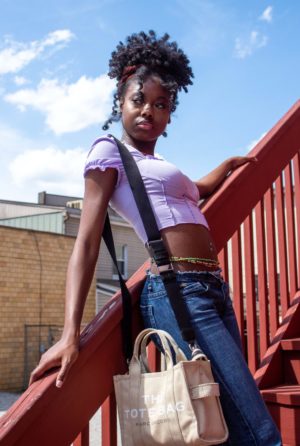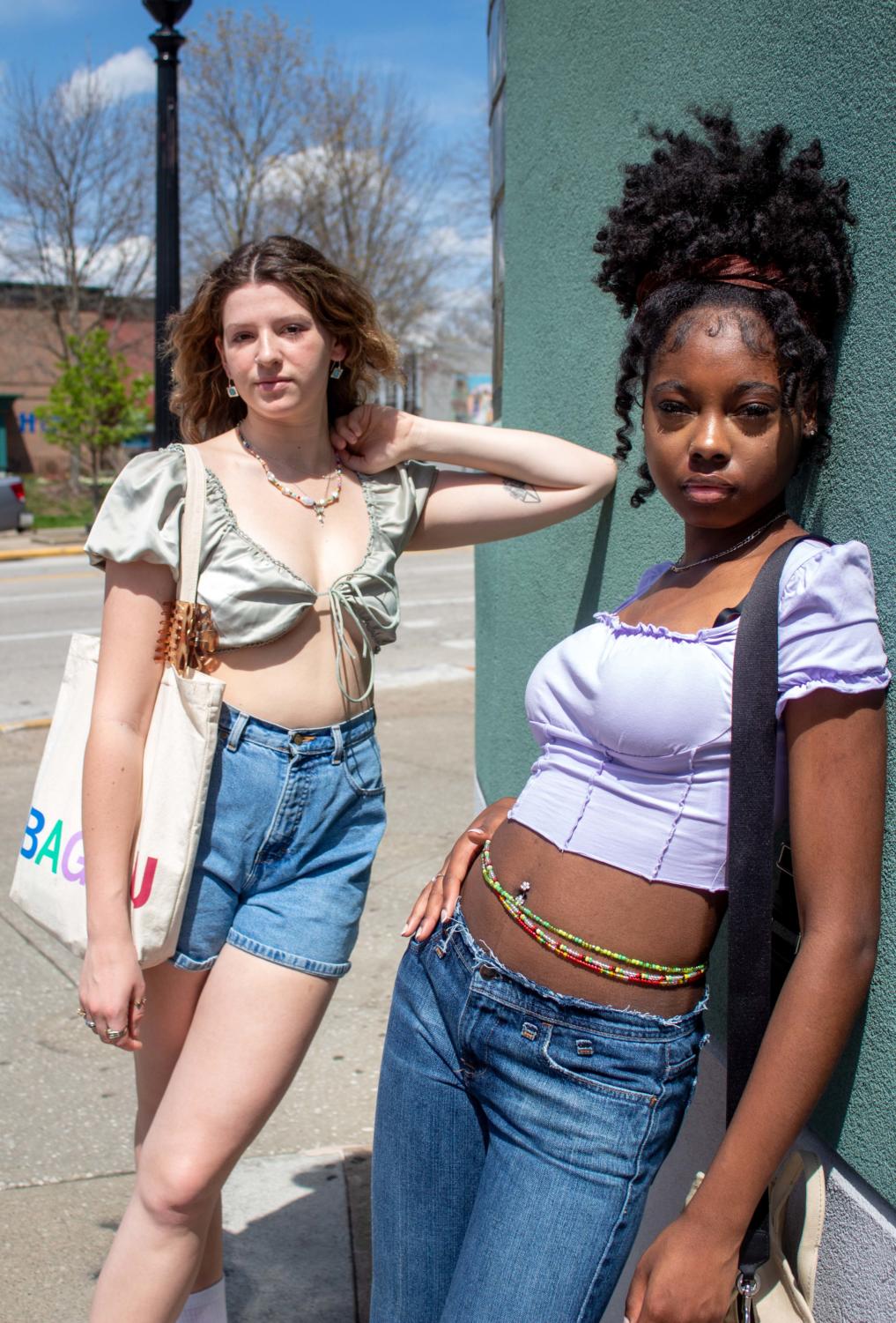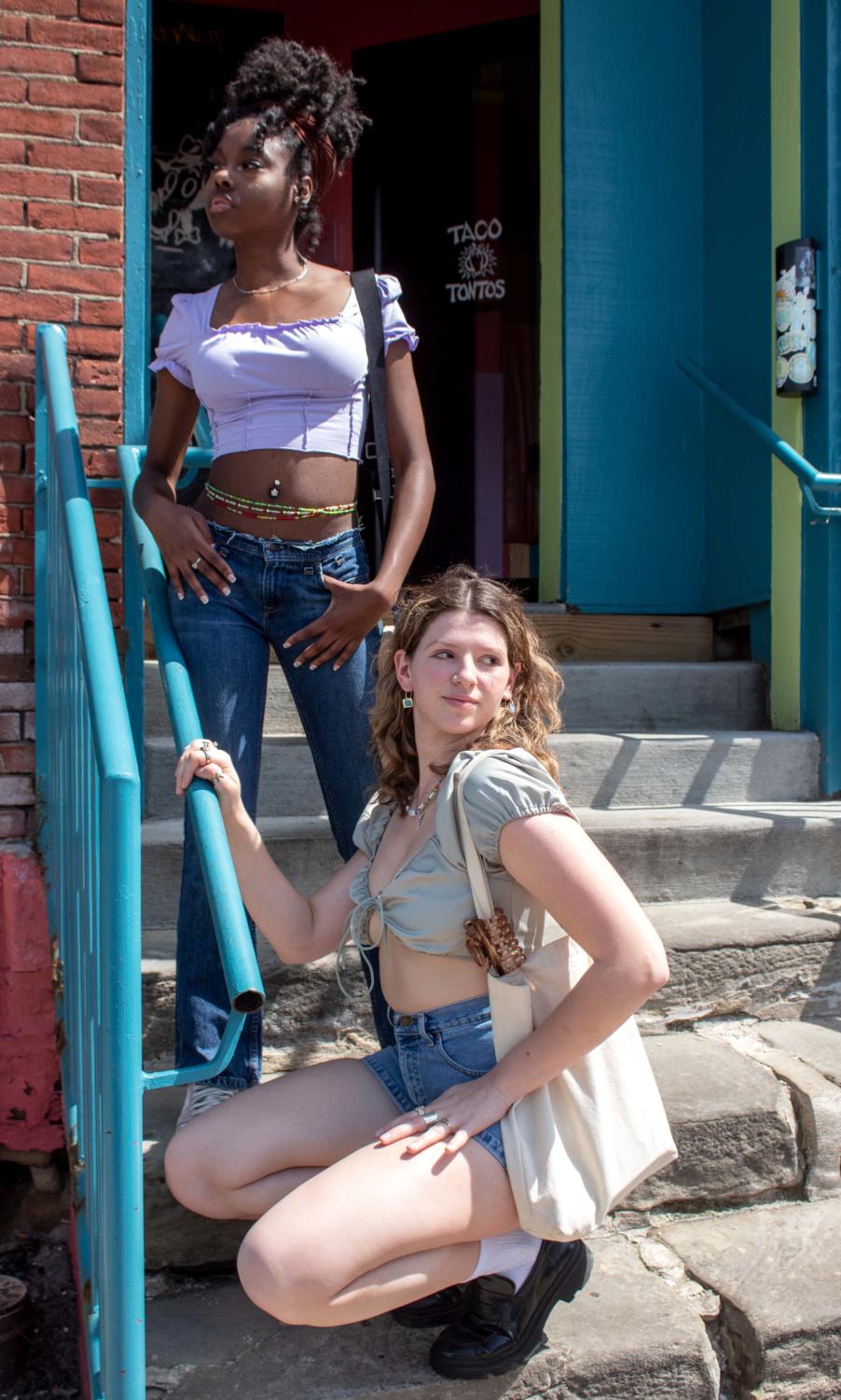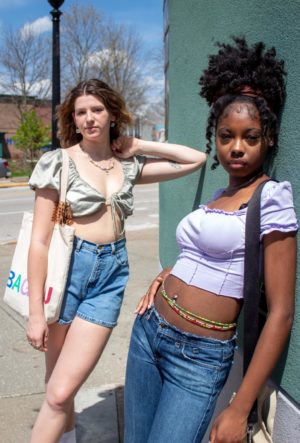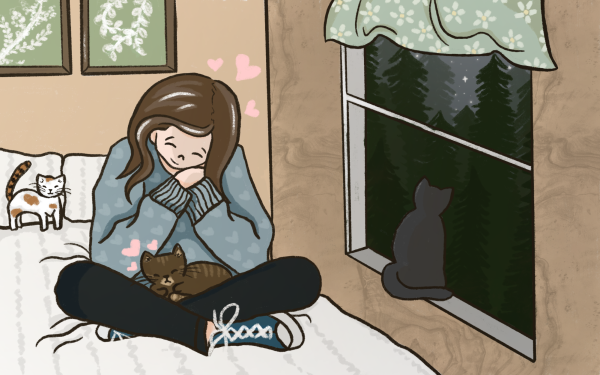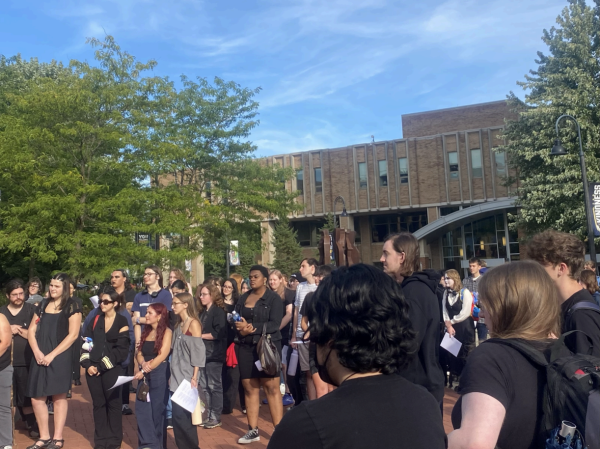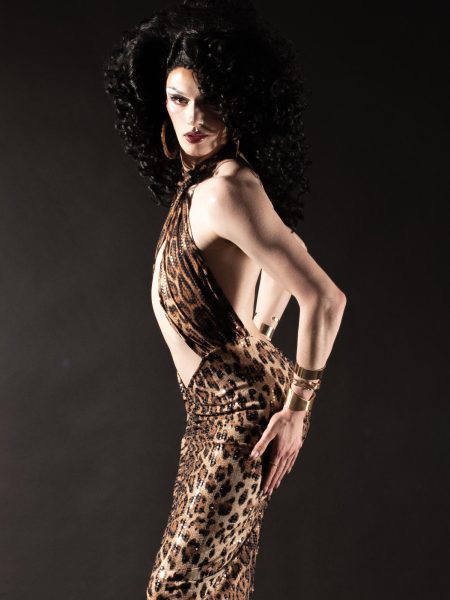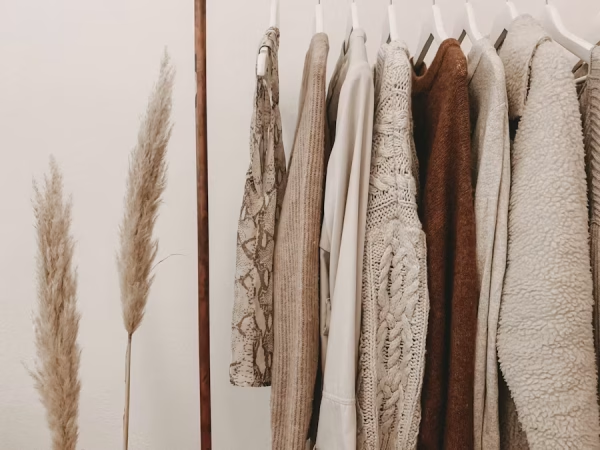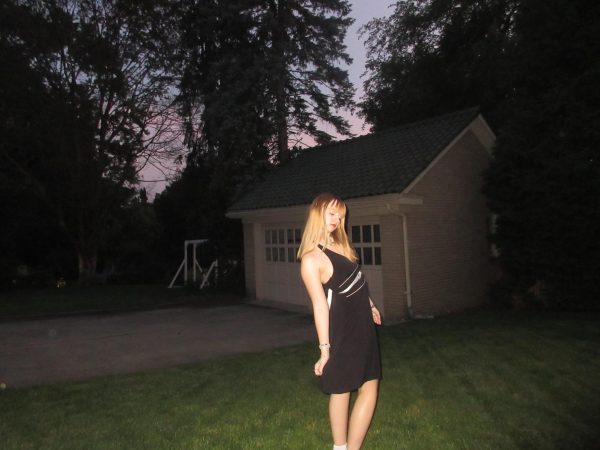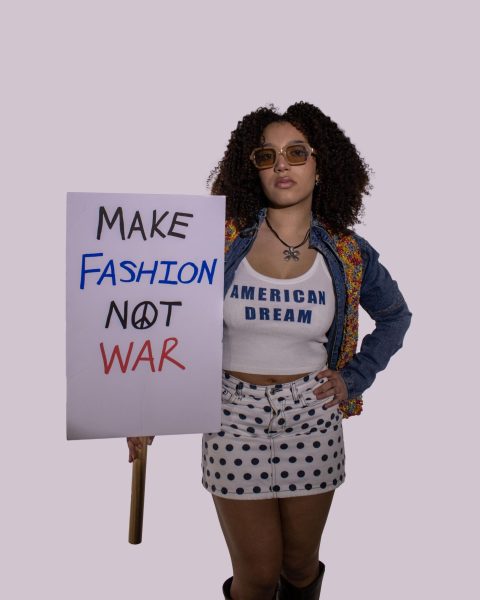high rise vs. low rise jeans: an analysis of the popularity of each style
Whether you’re dreading it or ready to embrace it, the style of low rise jeans is slowly creeping its way back into mainstream fashion. After several years of high rise pants being the craze, the resurgence of Y2K fashion has brought back the low rise waist, but the style has not been met with as many welcoming fans as forecasters may have predicted. While there is definitely a strong population of those willingly wearing low rise denim, many fashion enthusiasts and those who buy out of necessity have not been convinced of the style’s longevity.
So when did low rise jeans become popular? While it was not a staple style until the early 2000s, the beginning of the low rise jean is popularly credited to Alexander McQueen, when in 1993 he created the Bumster jean, a style with so low a waist it showed off the wearer’s low (and I mean low) back. Celebrities like Madonna, Aaliyah and Mariah Carey started to wear the low rise style on red carpets and music videos, and by 2000, low rise denim was sold for the masses in stores like Abercrombie & Fitch.
Unfortunately, with the style of showing so much midriff, the media weighs in on the physical appearances of those who sport the style. In 2003, the term “muffin top” was added to Pseudodictionary.com, and in 2005, the New York Daily News published an article about the “unflattering look” of low rise jeans on everyday wearers. While some are now discouraged to wear the style, the low rise jean is still seen on those with flat and toned stomachs, and is continued to be worn by celebrities both on and off the red carpet.
On the other end of the waistline-spectrum, the high rise style has been worn by the masses in the ‘70s and ‘80s, with a brief pause in popularity until the 2010s. In a 2015 article by Lillian Fallon in Verily, she writes that both the style of high rise jeans and the mom jean are making a resurgence, and that the return is going to be good for womankind. Fallon states that with the return of these styles, there will be a new wave of body acceptance and positivity, meaning that the natural form will be celebrated and the goal of making your body look as thin as possible with the help of the low rise style will be no more. From a 2022 standpoint, the body positivity movement has definitely spread and accelerated, and an emphasis on accepting all shapes and sizes has continued in fashion.
So when and why did the low rise style return to popularity? The circular movement of fashion has struck once again by turning towards the early 2000s for style inspiration. Celebrities like Emily Ratajkowski and Kendall Jenner have been spotted wearing low rise pants in their street style, and searches for the style have risen 58% according to the shopping platform Lyst. Vogue writer Liana Satenstein writes that low rise jeans represent “unabashed confidence at its finest”. While Satenstein writes that she personally loves the style of being a little risky in fashion and showing all the skin you please, she notes that the style isn’t accessible for everyone, that search results for “plus size low rise jeans” show few results in comparison to just “low rise jeans.” Even though the body positivity movement in fashion has come a long way since the early 2000s, the inaccessibility of the low rise style shows that there is still much work to be done.
So should you throw out all of your high rise pants and go on a shopping spree for the low rise style? The simple answer is no, you probably shouldn’t. While the style is popular, fashion choices shouldn’t be made based on what is trendy or popular among high status celebrities. As always, we should buy clothes that we feel comfortable and confident in. Whether that means an ultra low waistband, or one that rises above your belly button, we all have the right to dress exactly how we choose.
Support Student Media
Hi, I’m Grace Avery, the Editor In Chief of A Magazine. My staff and I are committed to bringing you the most important and entertaining news from the realms of fashion, beauty and culture. We are full-time students and hard-working journalists. While we get support from the student media fee and earned revenue such as advertising, both of those continue to decline. Your generous gift of any amount will help enhance our student experience as we grow into working professionals. Please go here to donate to A Magazine.

